Vietnam: What are the sample paragraphs on the differences between stinginess and thrift for 8th-grade students? What are the requirements for self-improvement competence of 8th-grade students?
What are the sample paragraphs on the differences between stinginess and thrift for 8th-grade students in Vietnam?
Stinginess and thrift are two concepts that are often confused in life, but they carry completely different meanings. Distinguishing between stinginess and thrift helps us better understand the value of balance in lifestyle, while also avoiding actions that negatively impact ourselves and the community.
Students can refer to the following sample paragraphs on the differences between stinginess and thrift:
Sample No. 1:
Stinginess and thrift are different concepts, even though they are sometimes used interchangeably. Stinginess is often understood as excessive or unnecessary saving, while thrift refers to the smart, efficient, and purposeful use of resources. A stingy person tends to hoard their money and is reluctant to spend on unnecessary things. This can lead to boredom and loneliness, as they tend to reject leisure activities and sharing opportunities with others. On the other hand, thrift helps individuals use money, time, and resources wisely to achieve their life goals. A thrifty person seeks to use money effectively to be able to invest in themselves, their family, and their future.
Sample No. 2:
There is a fine line between stinginess and thrift. Stinginess is a way of living that is miserly and selfish, only keeping things for oneself or even being stingy with oneself. In contrast, thrift is a positive lifestyle, spending reasonably, knowing how to share without being wasteful. For example, when spending money to invest in health, stingy people think that eating a lot is enough, without improving meals, supplementing nutrients, or getting regular health checkups. Meanwhile, thrifty people spend rationally, limiting the purchase of unnecessary things, saving money for health checkups and additional nutritional supplements to improve health.
Sample No. 3:
Stinginess is understood as being meticulous and excessively frugal. Thrift, on the other hand, is using resources appropriately and knowing how to accumulate wealth. A person who lives stingily often only thinks of themselves. They always keep wealth for themselves, do not wish to spend on unnecessary things, and sometimes even on necessary ones. They also do not like to help others, leading to them often being despised and considered selfish. In contrast, a person who lives thriftily knows how to use everything, from wealth to time, properly to build a future. They are also willing to help everyone. A thrifty person will have a prosperous life and be loved and respected. Thus, we need to live thriftily and steer clear of stinginess to improve ourselves.
Note: The content is for reference only.

What are the sample paragraphs on the differences between stinginess and thrift for 8th-grade students in Vietnam? What are the requirements for self-improvement competence of 8th-grade students? (Image from the Internet)
What are the requirements for self-improvement competence of 8th-grade students in Vietnam?
Under Section 9 of the General Education Program issued together with Circular 32/2018/TT-BGDDT, the requirements for self-improvement competence of 8th-grade students in Vietnam are as follows:
- Be able to set learning goals to strive to achieve.
- Know how to plan and execute study plans; choose suitable study materials; store information selectively using summaries, concept maps, tables, and keywords; take notes on teachers' lectures spotlighting key ideas.
- Recognize and adjust personal mistakes and limitations when receiving feedback from teachers and peers; actively seek help from others when facing difficulties in study.
- Know how to practice and overcome personal limitations towards social values.
What are the requirements for developing literary competence for 8th-grade students in Vietnam?
Under Section 3 of the General Education Program in Literature issued together with Circular 32/2018/TT-BGDDT, the requirements for developing literary competence for 8th-grade students in Vietnamare as follows:
- Differentiate literary genres such as stories, poetry, memoirs, and scripts, and some specific sub-genres.
- Recognize the characteristics of literary language, and identify and analyze the effect of formal elements and artistic techniques associated with each literary genre.
- Identify expressive value, cognitive value, and aesthetic value.
- Analyze the imagery, content, and form of literary works.
- Be able to create some products with literary characteristics.
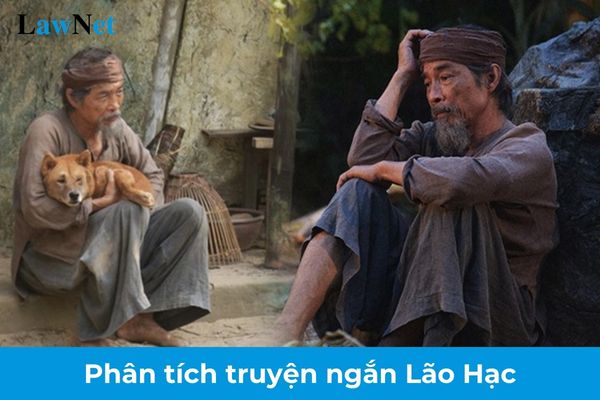
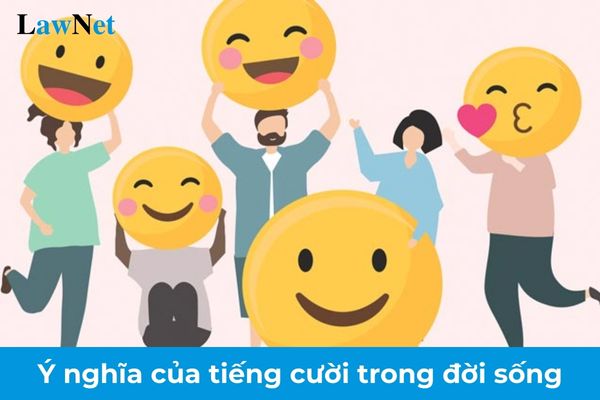
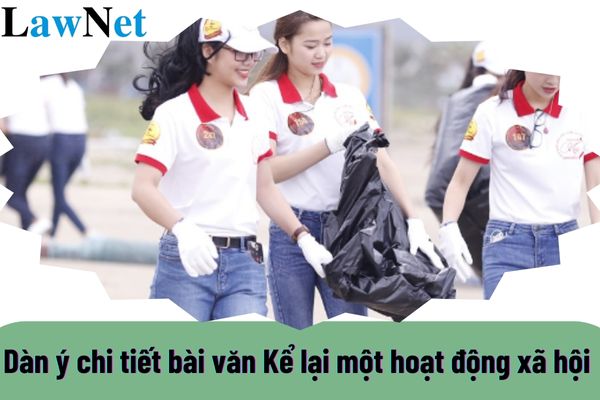
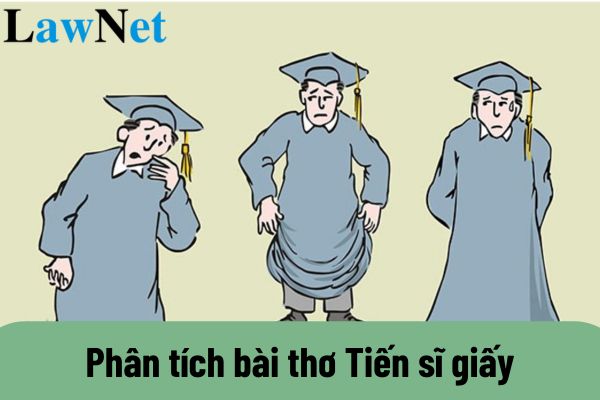
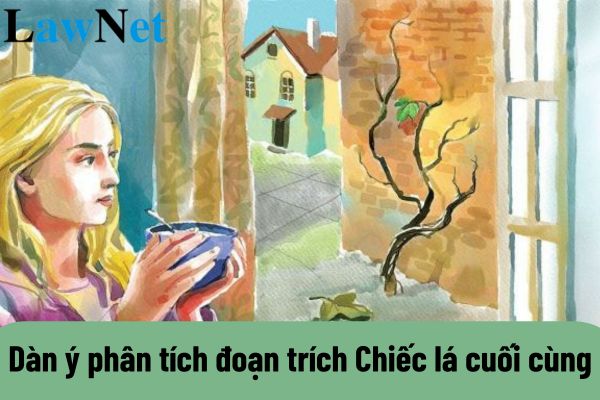


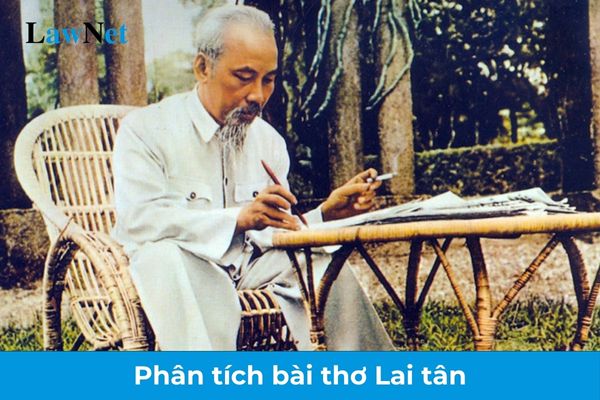
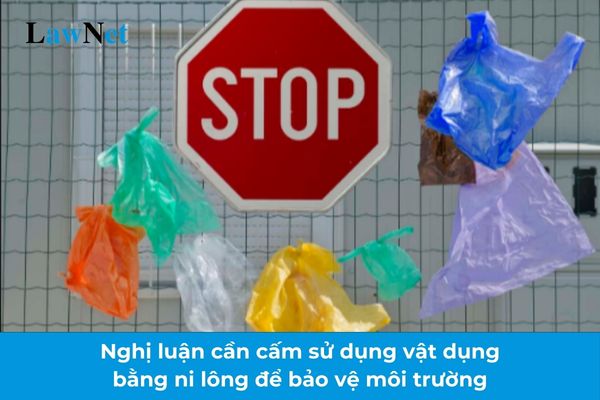

- What are details of the Cultural Heritage Law 2024? What are regulations on educational activities of museums in Vietnam?
- Where is Congo? When do students in Vietnam learn about the geographical location of African?
- How to prevent school violence in vocational education institutions in Vietnam?
- Vietnam: What are the guidelines for making a Christmas tree from cardboard? May students participate in making Christmas Trees from cardboard held by their classes?
- What are guidelines on handling incidents of school violence in Vietnam?
- What is Google Scholar? What contents must be included in the Regulation on the organization of online university training in Vietnam?
- Vietnam: What are the coloring pages themed Tet and Spring for children? What are the 03 available types of preschool education institutions?
- What is social evil? What are objectives for preventing and combating drug-related social evils in schools by 2025 in Vietnam?
- What is the sample outline for an essay showing feelings on the town scene at night in the short story "Hai đứa trẻ"? What are the requirements for the programmes of general education in Vietnam?
- What are the sample social argumentative essays on the waste of idle time among Vietnamese youth? What is the basis for assessing the training results of 11th-grade students?

